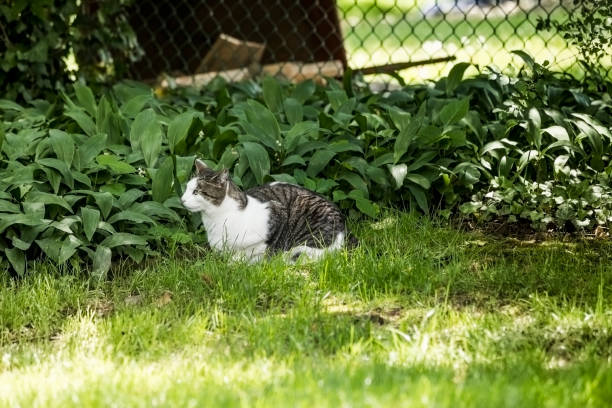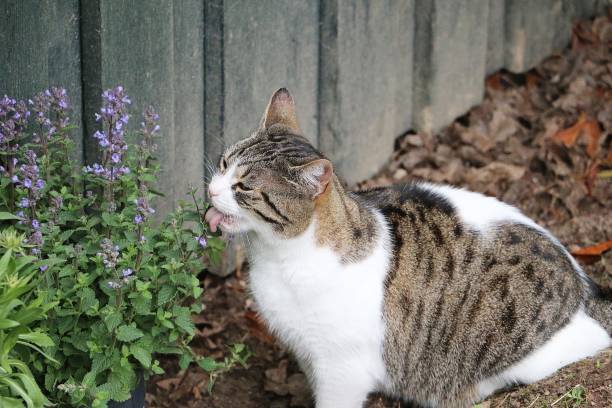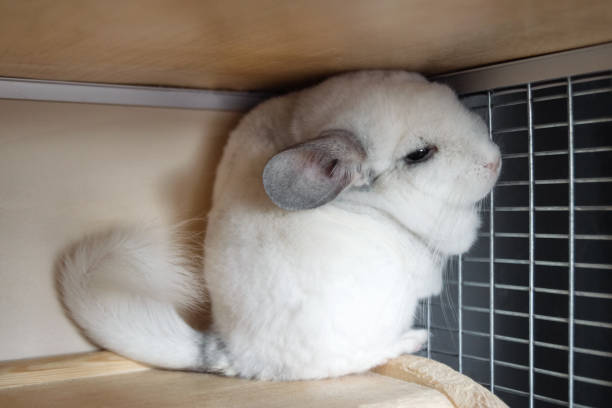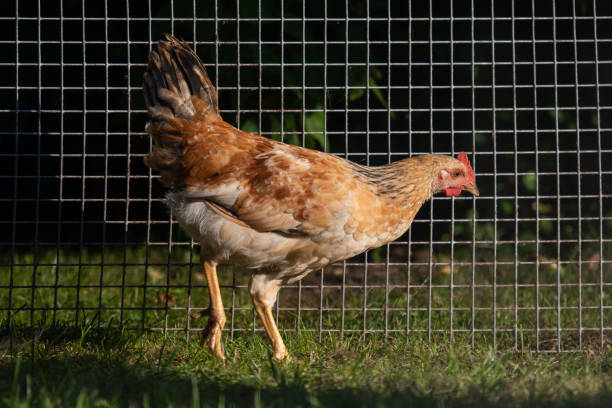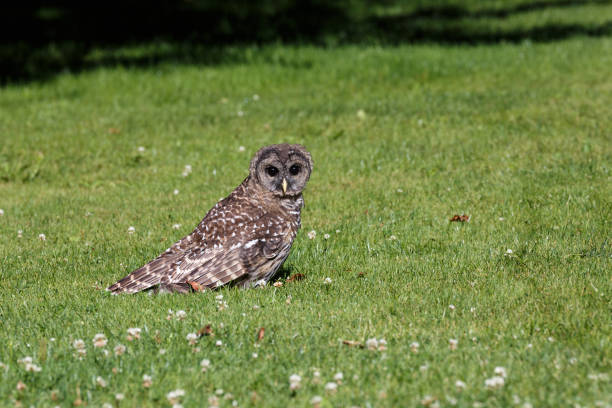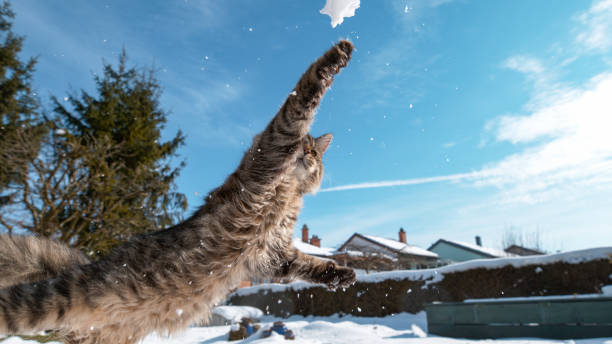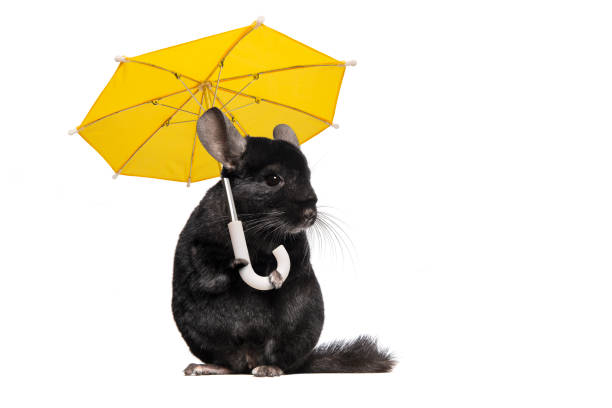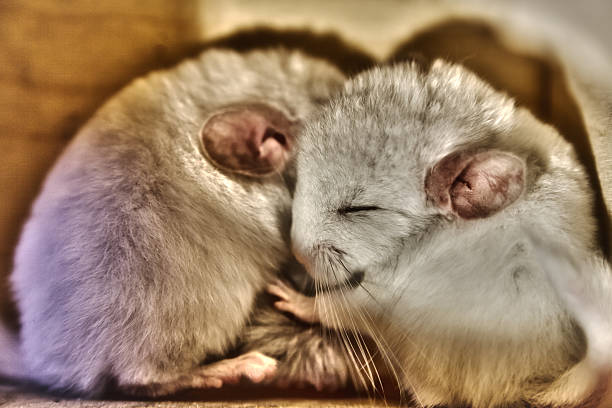How to Train Your Cat to Stay in Your Yard
This post contains affiliate links. This means I will make a commission at no extra cost to you should you click through and make a purchase. Read the full disclosure here.Having a cat that roams freely outdoors can be a cause for concern. Cats face various dangers outside, including traffic, predatory animals, and the risk of getting lost. Training your cat to stay in your yard can provide them with a safe and controlled environment to explore while giving you peace of mind. In this article, we will discuss effective techniques and strategies to train your cat to stay within the boundaries of your yard.
Introduction
Cats are naturally curious creatures with a strong instinct for exploration. Training them to stay in your yard requires patience, consistency, and an understanding of their behavior. By following the right training methods, you can create a safe and enriching environment for your feline friend.
The Importance of Training Your Cat to Stay in Your Yard
Training your cat to stay in your yard offers numerous benefits for both your pet and you as the owner. It helps protect your cat from potential dangers such as accidents, encounters with aggressive animals, or exposure to toxic substances. Additionally, it reduces the risk of your cat getting lost, which can be distressing for both of you.
Understanding Your Cat’s Behavior
Before embarking on the training process, it’s essential to understand the behavior of cats and the reasons they may be tempted to wander outside the yard.
Instinctual Nature of Cats
Cats are natural predators with a strong instinct to explore their surroundings. They have a heightened sense of curiosity and a desire to hunt. Understanding and acknowledging these instincts can help you tailor your training methods to keep your cat engaged within the yard.
Curiosity and Exploration
Cats are naturally curious animals, and the world outside their immediate environment can be enticing to them. They are intrigued by new scents, sights, and sounds. By providing sufficient mental and physical stimulation within the boundaries of your yard, you can reduce their desire to wander.
Territorial Behavior
Cats are also territorial animals. They have a need to establish and defend their territory. By creating a stimulating and enriching environment within your yard, you can satisfy your cat’s territorial instincts and decrease their urge to explore beyond the designated area.
Preparing Your Yard for Training
Before starting the training process, it’s important to prepare your yard to ensure a safe and suitable environment for your cat.
Creating a Safe Environment
Inspect your yard for potential hazards such as toxic plants, sharp objects, or small spaces where your cat may get stuck. Remove any toxic plants and secure or remove any dangerous objects. Ensure that your yard is escape-proof and that there are no gaps or holes through which your cat can squeeze.
Removing Potential Hazards
Make sure your yard is free from potential hazards such as chemicals, fertilizers, or pesticides that can harm your cat. These substances should be stored securely in areas inaccessible to your pet.
Providing Enrichment
A well-stimulated cat is less likely to seek entertainment elsewhere. Set up scratching posts, climbing structures, and interactive toys in your yard to keep your cat engaged. Providing these enrichments will help satisfy their natural instincts and reduce the desire to explore beyond the yard.
Basic Training Techniques
Training your cat to stay in your yard involves using positive reinforcement techniques that encourage desirable behavior. Here are some basic training techniques to get you started:
Leash Training
Introduce your cat to a harness and leash gradually. Start by letting them wear the harness indoors for short periods, gradually increasing the duration. Once your cat is comfortable, attach the leash and allow them to explore the yard under your supervision. Reward them with treats and praise for staying within the designated area.
Positive Reinforcement
Reward your cat with treats, praise, and affection whenever they exhibit the desired behavior of staying within the yard. Positive reinforcement strengthens the association between the behavior and the reward, making it more likely for your cat to repeat the behavior in the future.
Boundary Training
Set clear boundaries within your yard and teach your cat to recognize and respect them. Use visual markers, such as flags or physical barriers, to define the boundaries. Whenever your cat approaches or crosses a boundary, redirect their attention back to the designated area and reward them for staying within the boundaries.
Advanced Training Techniques
Once your cat has grasped the basic training techniques, you can move on to more advanced methods to reinforce their understanding and improve their response to training.
Clicker Training
Clicker training involves using a clicker, a small handheld device that makes a distinct clicking sound when pressed. Pair the sound of the clicker with rewards, such as treats or playtime. Click whenever your cat exhibits the desired behavior of staying within the yard, and follow it with a reward. This technique helps your cat associate the sound of the clicker with positive reinforcement.
Target Training
Target training involves teaching your cat to touch a specific target, such as a stick or your hand, with their nose or paw. By using a target, you can guide your cat back to the designated area whenever they stray beyond the boundaries. Gradually phase out the target, rewarding your cat for returning to the yard independently.
Recall Training
Teaching your cat a reliable recall command, such as “come” or a unique sound, can be useful in situations where they approach the boundaries. Practice recall training in a controlled environment, gradually increasing the level of distractions. Reward your cat generously when they respond to the recall command, reinforcing their understanding and motivation to stay within the yard.
Addressing Challenges
During the training process, you may encounter various challenges. Here are some common challenges and tips for addressing them:
Escaping Behavior
If your cat keeps escaping despite training efforts, reassess the security of your yard. Check for any potential escape routes and reinforce or modify the existing boundaries accordingly. Additionally, provide extra mental and physical stimulation to ensure your cat is satisfied and less inclined to seek adventure outside the yard.
Distractions and Temptations
Outdoor distractions such as other animals or enticing smells can lure your cat beyond the yard. Increase the level of training difficulty by gradually introducing distractions. Use high-value treats or toys to redirect their attention back to the designated area and reinforce the importance of staying within the boundaries.
Fear and Anxiety
Some cats may be hesitant or anxious about staying in a confined area. Create a positive association with the yard by providing treats, toys, or comfort items that help alleviate their anxiety. Gradually increase their exposure to the yard, allowing them to explore at their own pace while offering reassurance and rewards for staying within the boundaries.
Monitoring and Supervision
Even with thorough training, it’s important to monitor and supervise your cat’s outdoor activities to ensure their safety.
Using Outdoor Enclosures
Consider using outdoor enclosures, such as catio or cat fences, to provide your cat with a controlled space to enjoy the outdoors. These enclosures offer a secure environment where your cat can experience fresh air and sunlight while remaining within the boundaries of your yard.
Surveillance Systems
Install surveillance cameras or other monitoring systems to keep an eye on your cat’s activities in the yard. This allows you to quickly identify any potential escape attempts or areas where improvements in training may be necessary.
Regular Check-ins
Make it a habit to regularly check on your cat while they are outside. This helps reinforce their understanding of the boundaries and provides an opportunity to reward them for staying within the designated area.
Conclusion
Training your cat to stay in your yard is a worthwhile endeavor that provides safety and peace of mind for both you and your feline companion. By understanding their behavior, preparing the environment, and using positive reinforcement techniques, you can create a secure and enriching space for your cat to explore. Remember to be patient, consistent, and adaptable to address any challenges that may arise during the training process.
FAQs
Can all cats be trained to stay in the yard?
While most cats can be trained to stay in the yard, individual personalities and experiences may affect their responsiveness to training. Some cats may require more time and effort to learn the desired behavior, but with patience and consistency, positive results can be achieved.
How long does it take to train a cat to stay in the yard?
The training duration can vary depending on the cat’s personality, age, and previous experiences. It may take anywhere from a few weeks to a few months to fully train a cat to stay in the yard. Consistency and regular training sessions are key to achieving success.
What should I do if my cat keeps escaping despite training?
If your cat keeps escaping, reassess the security of your yard and identify any potential escape routes. Modify or reinforce the boundaries accordingly and consider using additional deterrents such as motion-activated sprinklers or scent repellents to discourage escaping behavior.
Can I train an older cat to stay in the yard?
Yes, older cats can be trained to stay in the yard. However, it may take more time and patience compared to training a younger cat. Gradual exposure, positive reinforcement, and understanding their individual needs and limitations are crucial when training an older cat.
Are there any risks involved in training a cat to stay in the yard?
Training a cat to stay in the yard carries minimal risks when done correctly. However, it’s important to ensure that the yard is free from potential hazards and that the cat’s physical and emotional needs are met. Regular supervision and addressing any anxiety or fear issues are essential to maintain a safe training environment.

